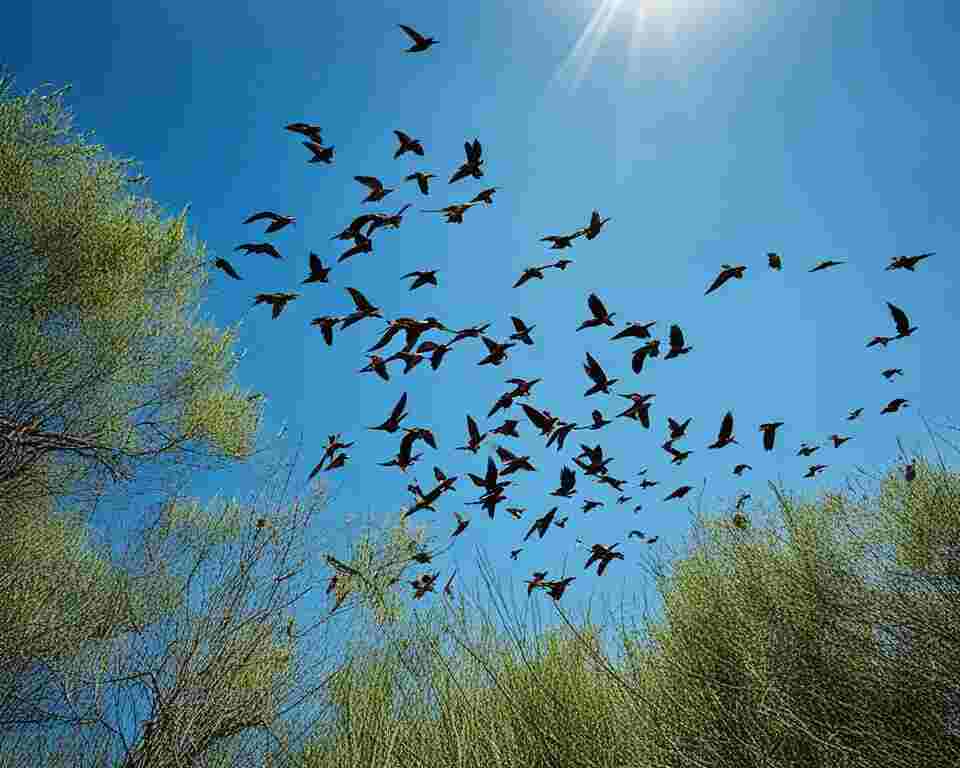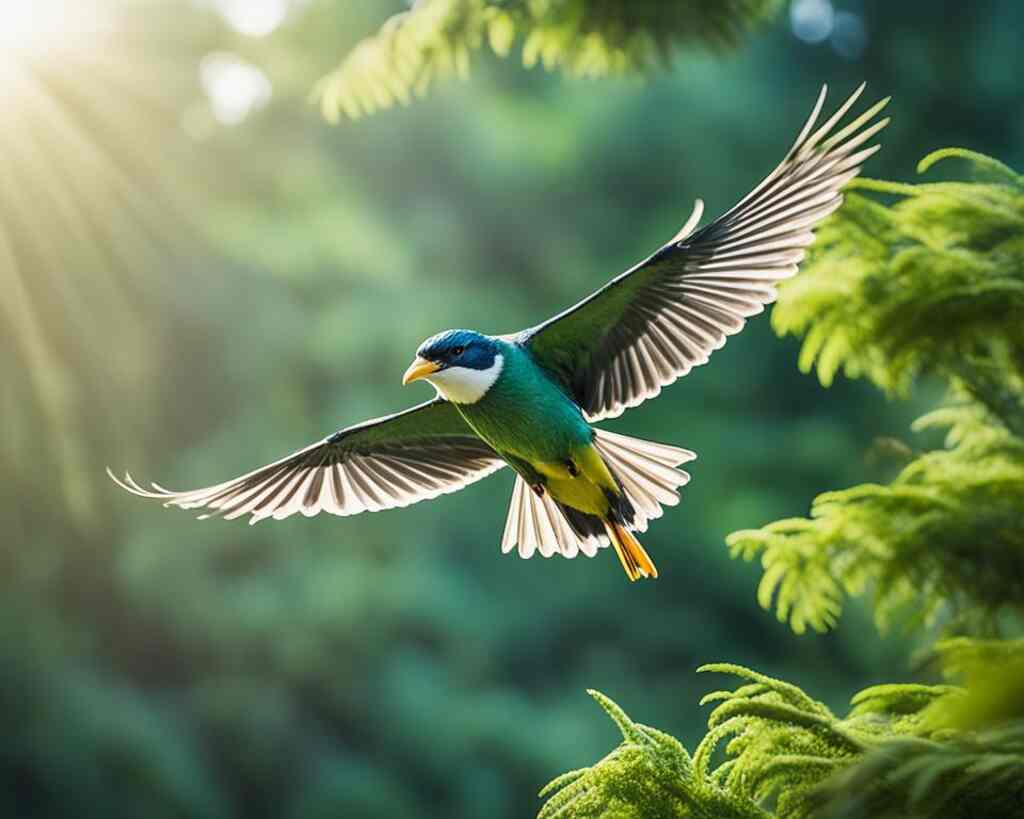Passionate about birds and dedicated to conservation, I find myself pondering the intriguing question: Can hand-reared birds successfully navigate the challenges of the wild? This exploration into the world of releasing these birds unveils a multifaceted journey. It involves meticulous preparation, acknowledging their natural instincts, and dispelling common myths to ensure a realistic perspective.
From initial health assessments to specialized rehabilitation programs, every step is vital to their well-being. Navigating factors like nutrition, socialization, and predation becomes crucial for maximizing their chances of thriving in their natural habitat.
Table of Contents
Key Takeaways:
- Hand-reared birds face unique challenges when it comes to adapting to the wild.
- Proper preparation and support are crucial when releasing hand-reared birds.
- Understanding their natural instincts and behaviors is essential for their successful reintegration.
- Nutrition, socialization, and predation are key factors influencing the survival of hand-reared birds.
- Ongoing research and conservation efforts are important for improving their chances of survival.

From Human Care to the Wild: The Transition of Hand-Reared Birds
When it comes to reintroducing hand-reared birds into the wild, a careful and well-planned transition is crucial for their successful adaptation. The process of transitioning these birds from human care to their natural habitat requires a deep understanding of their needs and instincts.
Release Strategies: Preparing Hand-Reared Birds for the Wild
To ensure the best chances of survival, hand-reared birds must be gradually exposed to the elements and situations they will encounter in the wild. Gradual acclimatization is vital to help them develop the necessary skills and behaviors needed for their wild survival.
Wildlife rehabilitators play a vital role in this process. With their expertise, they can create comprehensive release strategies tailored to the specific species and individual birds. These strategies may include techniques such as soft-release, where the birds are initially released in a controlled environment before being fully set free.
By closely monitoring the birds’ progress, rehabilatators can determine if they are ready for complete release or if further assistance is necessary. This approach ensures a smoother transition and increases the prospects of successful integration into the wild population.

| Release Strategies | Techniques and Benefits |
|---|---|
| Soft Release | Gradual transition from controlled environment to wild |
| Hack Release | Placing hand-reared birds in artificial nesting sites in the wild |
| Delayed Release | Holding hand-reared birds until they reach a certain age or developmental milestone |
The table above provides a glimpse into some of the release strategies used for hand-reared birds. Each technique has its particular benefits and is chosen based on the species’ requirements and the bird’s individual progress during the rehabilitation process.
Through strategic planning and implementation, release strategies contribute to the successful transition of hand-reared birds, increasing their chances of survival in the wild.
Understanding the Survival Prospects for Hand-Reared Birds
Hand-rearing birds for eventual release into the wild can be a challenging endeavor. Despite human care and intervention, these birds face numerous obstacles and hurdles as they navigate the harsh realities of the natural world. Understanding the survival prospects for hand-reared birds is crucial in managing their reintroduction and ensuring their long-term success.
Setting Expectations: Debunking Myths about Hand-Reared Bird Release
Before looking into the challenges faced by hand-reared birds in the wild, it is important to address common misconceptions and myths surrounding their release. One prevalent myth is that hand-reared birds will effortlessly adapt and thrive in their natural environments.
However, the truth is that these birds face unique difficulties due to their upbringing in a controlled and sheltered environment. Their lack of exposure to natural predators, socialization with wild birds, and acquisition of essential survival skills can greatly impact their chances of survival.
Crucial First Steps: The Preparation for Reintroduction
Preparing hand-reared birds for reintroduction into the wild involves a series of crucial first steps. Thorough health assessments and rehabilitation programs are essential to ensure that these birds are physically and mentally capable of surviving in their natural habitats.
Rehabilitation centers and experts play a vital role in providing specialized care and guidance during this preparation phase. Conditioning the birds to natural foods, environments, and behaviors is a fundamental part of the rehabilitation process.

Factors Influencing Survival: Nutrition, Socialization, and Predation
Several factors influence the survival of hand-reared birds in the wild. Nutrition is a key consideration, as improper diet and the lack of exposure to natural food sources can compromise their growth and development, making them more vulnerable to disease and other threats. Socialization is another crucial factor.
Hand-reared birds must learn to interact and coexist with wild bird populations, as social bonds and group dynamics play a significant role in their survival. Additionally, predation poses a significant challenge for hand-reared birds, as their inherent lack of defensive instincts puts them at a disadvantage against natural predators.
By understanding these challenges and factors influencing the survival of hand-reared birds, wildlife rehabilitators and conservationists can develop strategies and interventions to enhance the chances of these birds thriving in the wild.
Ongoing research and collaborative efforts are essential in improving the rehabilitation and release programs for hand-reared birds, ultimately contributing to their long-term adaptability and success in the natural world.
Conclusion
In conclusion, the survival prospects of hand-reared birds in the wild depend on various factors. While they may face challenges due to their upbringing, it is possible for these birds to adapt and thrive in their natural habitats.
Managing Expectations: The Reality of Reintroducing Hand-Reared Birds
It is important to have realistic expectations when reintroducing hand-reared birds into the wild. They may require ongoing support and management to ensure their successful integration. Understanding the challenges they face and providing the necessary resources and care will greatly enhance their chances of survival.
Bridging the Gap: Enhancing Wild Survival Chances
To enhance the survival chances of hand-reared birds, various programs and initiatives have been developed. These programs focus on gradual acclimatization, exposure to natural elements, and providing specialized care and rehabilitation. Ongoing monitoring and support are crucial to ensure their successful integration into the wild.
Final Thoughts: The Role of Conservation and Rehabilitation Efforts
Conservation and rehabilitation efforts play a vital role in supporting the survival of hand-reared birds. Preserving natural habitats and addressing the underlying factors that contribute to the need for hand-rearing are essential. Continued research, education, collaboration, and avian conservation efforts are imperative to ensure a brighter future for hand-reared birds in the wild.


